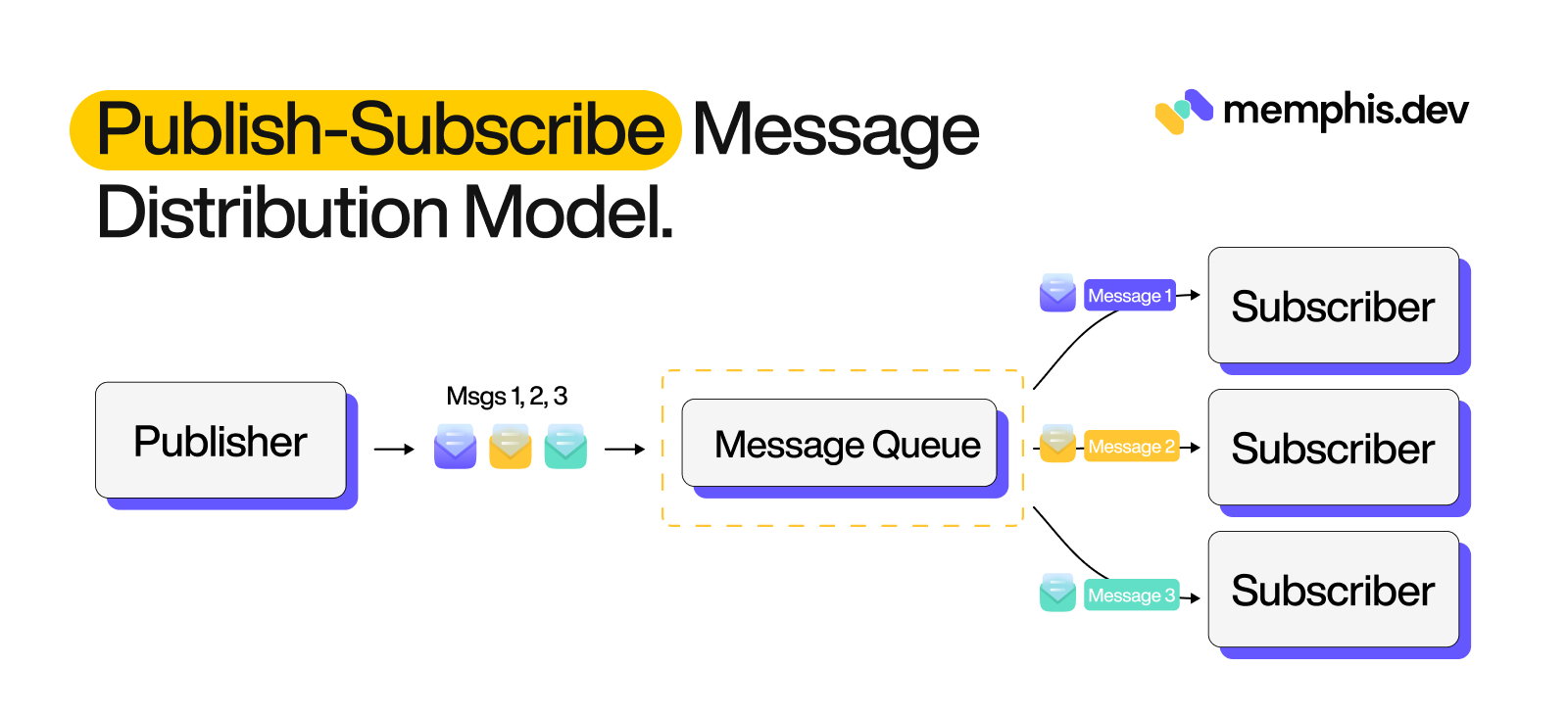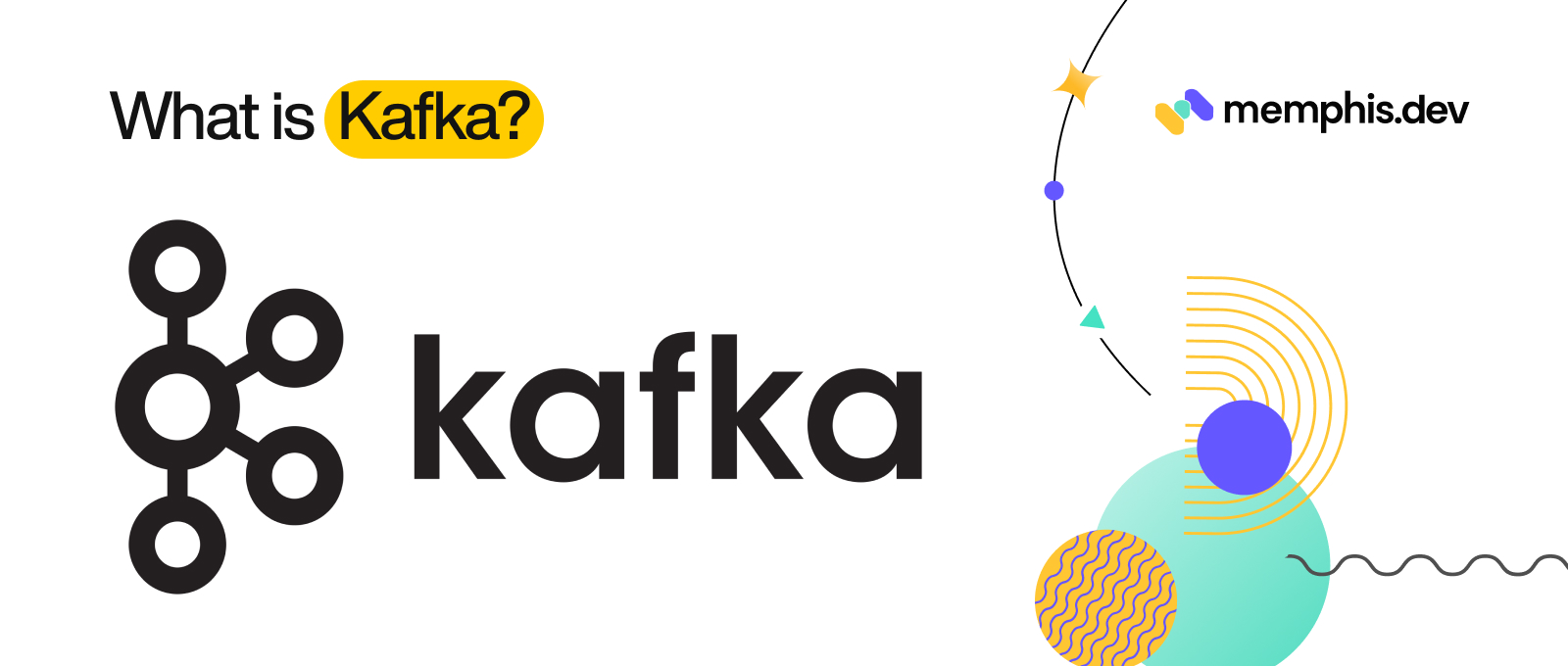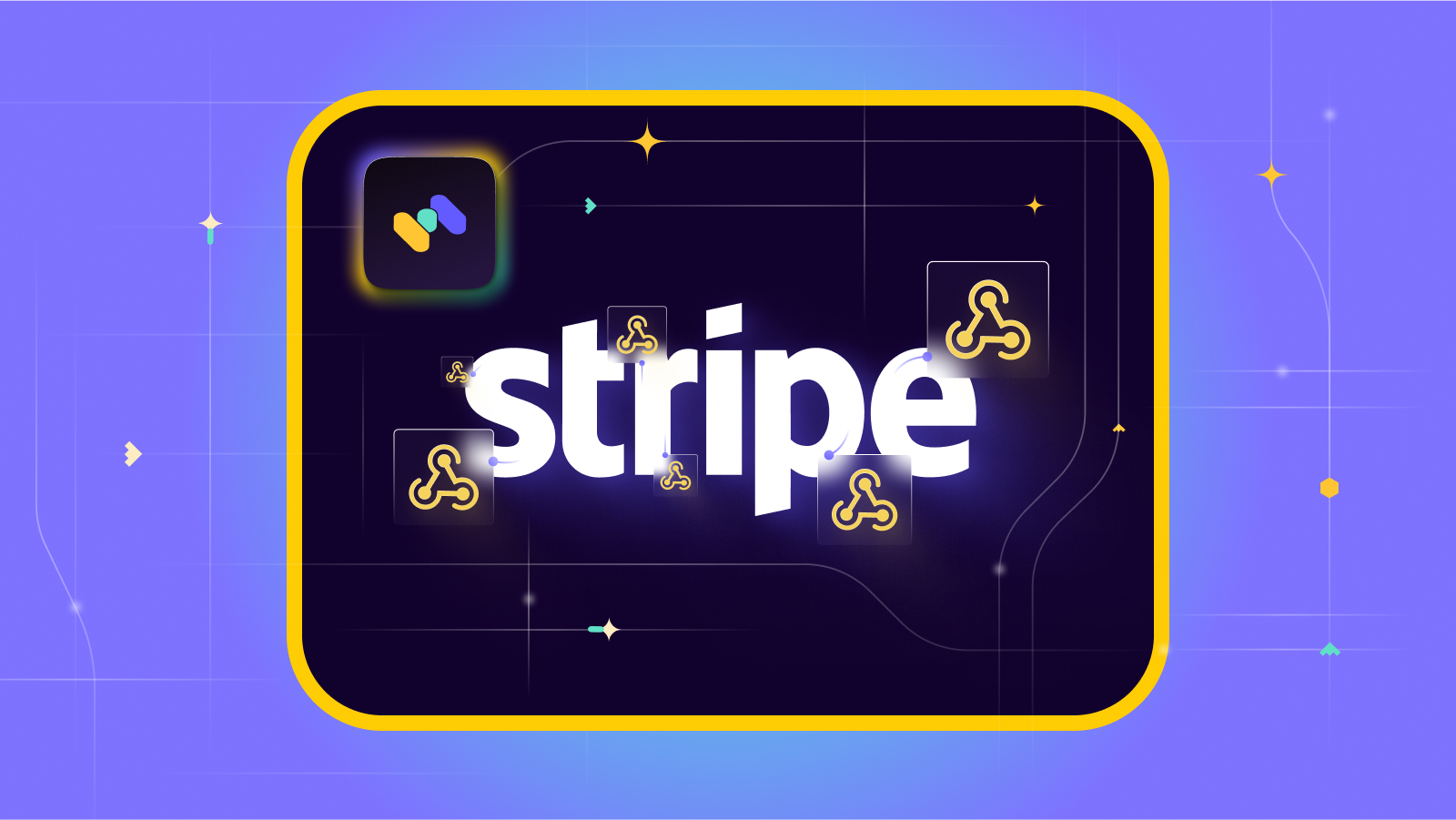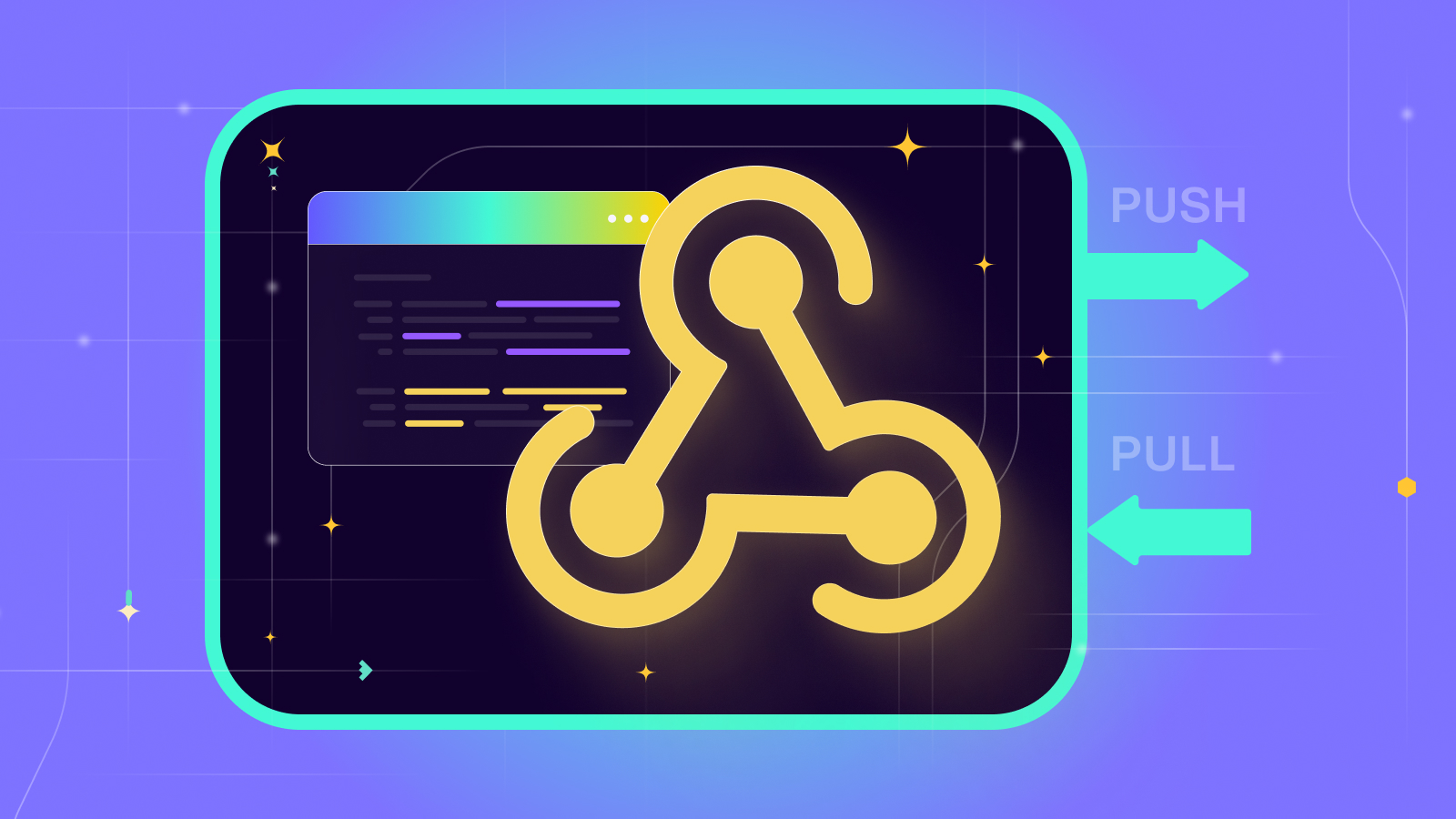Comparing NATS and Kafka: Understanding the Differences
 Contents
Contents
Messaging systems are game-changers in modern software development, enabling async, many-to-many communication between different components of a system. They also help tackle the challenge of processing a high volume of data efficiently while ensuring reliable service delivery, real-time data processing, and secure data transfer between microservices.
As messaging systems for modern applications continue to evolve, NATS, and Kafka have emerged as three popular options in the market today. Both NATS and Kafka are open-source and have gained traction due to their reliability, efficiency, and scalability. However, there are several differences between the two, and deciding upon the appropriate messaging system can considerably impact your application. In this article, we will explore the differences between NATS and Kafka in terms of category ranking features, limitations, use cases, and capabilities.
Overview of NATS
NATS is an open-source messaging system that powers distributed systems. Accordingly, it is responsible for addressing, discovering, and exchanging messages that drive the common patterns in distributed systems, asking and answering questions, aka services/microservices.
NATS operates and stores ingested data in objects called subjects. In NATS, messages are sent to subjects, which are hierarchical string values, and subscribers listen to these subjects to receive messages. NATS is known for its high throughput, low latency, small footprint, and written in Go.
Overview of Kafka
Kafka is an open-source distributed event streaming platform. Kafka is designed to offer high throughput, fault tolerance, and horizontal scale, with the ability to handle a large volume of data. Kafka has become popular among the big data use cases, aka analytical workloads.
Kafka was originally developed at LinkedIn. In 2011, it became an open-source Apache project, and by 2012, it had become a first-class Apache project. Kafka is written in Scala and Java, and it is designed to handle real-time data feeds with high throughput and low latency.
Kafka’s primary object is called “topic” which is used to store and index ingested records or events. Topics are made out of partitions that Kafka maintains in a distributed fashion, and producers write messages, eventually, to partitions. Consumers and consumer groups subscribe to topics to read the ingested records/messages. Kafka is known for its high throughput, data retention, and ability to handle high-velocity workloads.
Comparing NATS and Kafka
NATS and Kafka are different in their core architecture, supported patterns, scalability, protocols, and footprint. NATS is a great choice for transactional use cases, while Kafka is more suitable for analytical workloads where ingesting large amounts of data in real time is required.
Kafka’s robustness does come with a high price of a large footprint, great management overhead, hard to troubleshoot, hard to implement and onboard, and often requires rare skills that require dedicated engineers.
NATS, on the other hand, is designed for transactional use cases where high performance and low latency are crucial. NATS is also fairly easy to operate but does require constant tunings to reach scale, but in comparison to Kafka’s required management, it is definitely easier.
As with every technology, it all depends on the use case. Out-of-the-box NATS will be a great choice for transactional use cases, and Kafka for more analytical use cases.

Tabular Comparison Between NATS and Apache Kafka
| NATS | Apache Kafka | Memphis.dev | |
| Message Consumption Model | Push/Pull | Pull-based | Pull-based |
| Delivery guarantee | At most once / At least once / Exactly once | At least once / Exactly-once | At most once / At least once / Exactly once |
| Scalability | Horizontal using NATS Jetstream / Vertical | Horizontal / Vertical | Horizontal / Vertical |
| Message Ordering | FIFO at the partition level | FIFO at the partition level | FIFO at the partition level |
| Use cases |
|
|
|
| Consumer Groups | Not supported | Supported | Supported |
| Persistence | When using JetStream, records are saved in log files. Either in Memory or on disk | Log files | Log files. Either in Memory or on disk |
| License | Apache 2.0 | Apache 2.0 | BSL 1.0 |
| Languages Supported | Official clients are available in Go, Rust, JavaScript, TypeScript, Python, Java, C#, C, Ruby and Elixir, in addition to 30+ community-contributed clients. | Clients are available in Java and Scala, Go, Python, C/C++, and many other programming languages as well as REST APIs | Clients are available in Node js, Python, Go, .NET, Java, NestJS, Typescript, and Rust. |
| Security |
|
|
|




